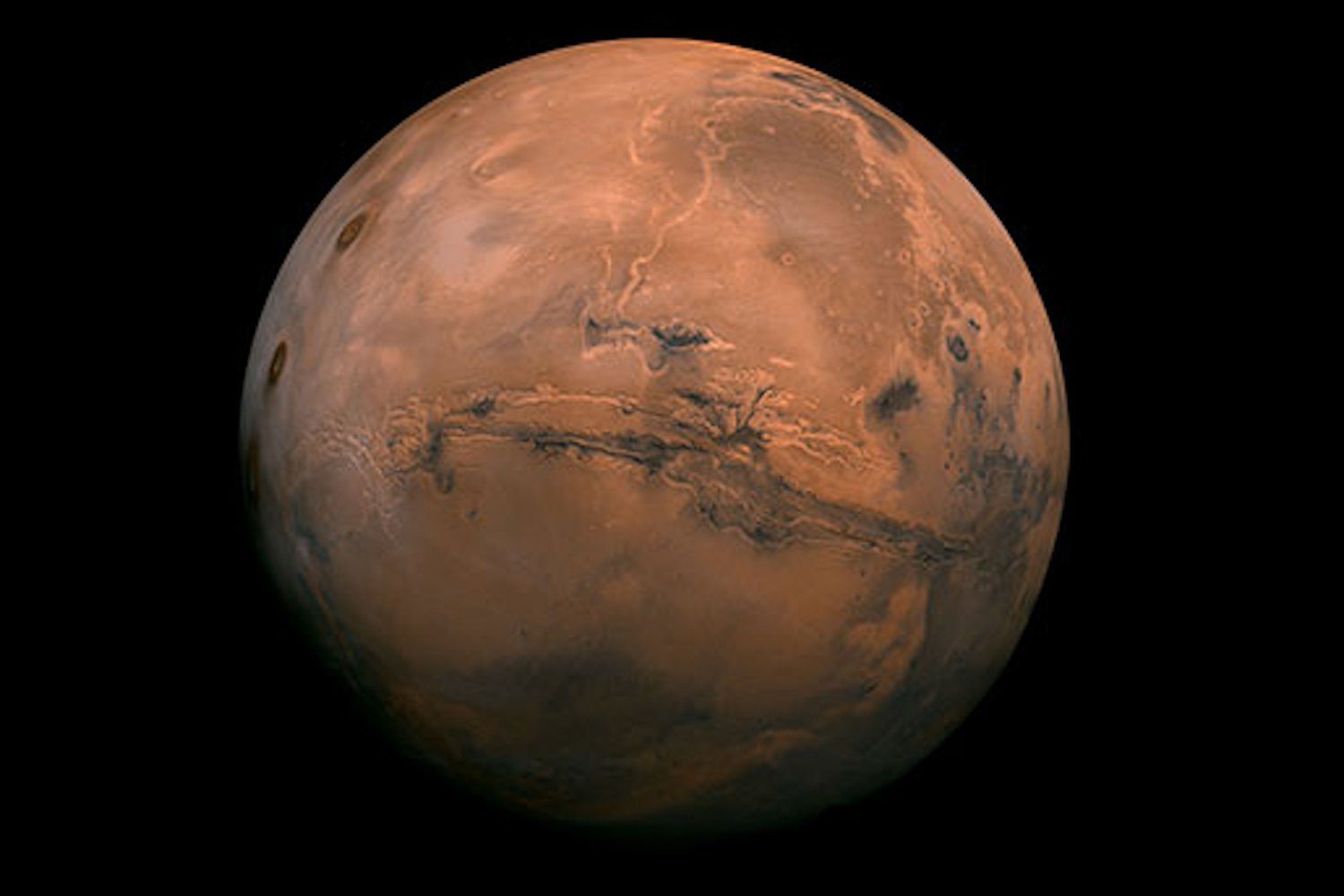
A journey to Mars could soon become a reality for astronauts, but with current propulsion technologies, they’ll spend approximately six to nine months aboard a spacecraft en route to the Red Planet. Given the impact of extended space travel on the human body, this duration isn’t optimal. However, a Russian rocket company may have found a breakthrough solution that promises to accelerate interstellar travel through the development of an innovative rocket engine.
Researchers at Russia’s state-own Rosatom corporation have unveiled a prototype of a plasma electric rocket engine that could potentially shorten the journey to Mars to a mere 30 to 60 days, as reported by Russian media Izvestia. This rocket, which utilizes hydrogen fuel, could revolutionize space exploration. However, it remains in the early stages of development, and it may take several years before it is ready for manned missions to Mars. Nevertheless, this groundbreaking technology could pave the way for humanity to leave its mark on the Martian terrain.
Traditional rocket engines typically combine liquid hydrogen and liquid oxygen, which ignite in a combustion chamber to produce thrust. In contrast, the plasma rocket engine represents a type of electric propulsion that employs two electrodes. When charged particles move between these electrodes under high voltage, they generate a magnetic field that propels the particles out of the engine. The result is a directed motion of plasma, creating thrust, as explained by Egor Biriulin, a junior researcher at Rosatom’s scientific institute in Troitsk.
Conventional rockets achieve a maximum flow velocity of about 2.7 miles per second (4.5 kilometers per second) via standard fuel combustion. However, the plasma rocket can accelerate charged particles to an astounding speed of 62 miles per second (100 kilometers per second), according to researchers. Such impressive speeds could shorten the trip to Mars to just one or two months.
The prototype rocket engine is currently undergoing tests in a chamber designed to simulate space conditions. Although the launch will initially rely on traditional chemical propulsion, it will transition to electric propulsion once it reaches orbit.
Russia is not the only nation with ambitions of rapid Mars travel. NASA has recently partnered with the Defense Advanced Research Projects Agency (DARPA) to showcase a nuclear thermal rocket engine in space, with the aim of minimizing travel time for future human expeditions to the Red Planet. Additionally, SpaceX CEO Elon Musk has announced plans for the company’s Starship to undertake uncrewed missions to Mars starting in 2026, followed by a planned human mission about four years later.
The new era of space exploration is gearing up for an exhilarating race to set foot on the dusty surface of Mars.









